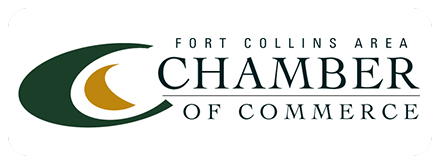ASP.NET Content Management Systems
There was a time not that long ago when web pages were written from scratch, uploaded to a server as HTML files, and were essentially independent of one another, save for hyperlinks between them. It quickly became apparent in those early days of the World Wide Web, that pages within a single website ought to have a way to play together nicely, with common design elements and navigation. Thus, web content management systems were born.
Web Content Management Systems, sometimes called “WCMS” or “Web CMS,” provide website designers with a common framework that’s spread across a given website. They make it much easier for businesses to manage a site, for example, and they integrate fully with the various web servers on the market.
In the ASP.net arena, there are several Web Content Management System options. Three of the most prominent are DotNetNuke, Umbraco, and Orchard. Let’s take a look at each of these in turn:
DotNetNuke
One of the most commonly used ASP.NET Web CMS systems, this package comes in four editions: Community Edition (which is free to use), Professional, Elite, and Elite Premier. The Community Edition provides no official support channels, while the paid versions each offer different levels of support and functionality. DotNetNuke is a popular option largely because it utilizes open APIs, providing simpler integration with other applications. In addition, it supports administration for multiple websites from a single location.
Orchard
One of the newer Web CMS options, Orchard, is open-source. The design principle behind Orchard is that it should have components that are both shared and reusable by the community, creating a solid base for third-party components. In addition, Orchard is designed to appeal to end-users as well as scripters and developers.
Umbraco
Umbraco is perhaps the Web CMS system with the fastest-growing user base. It’s particularly liked by designers due to the fact that it relies on an open template system and focuses on web standards. The Umbraco UI is one of the more intuitive among Web CMS solitions, and is relatively easy to use by everyone from developers to designers to end users.
There are some specific advantages to using a Web CMS. Chief among the reasons given is the cost. Some Web CMS packages are free, while others use a subscription model that’s relatively affordable. The biggest cost savings that comes from using a Web CMS is gained by not needing a full-time web master.
Web CMS systems are also highly customizable. You create a standard layout for a site with similar design elements and style. This greatly reduces the amount of effort needed to create a custom front-end for a website.
They’re also easy to use, relatively speaking. Web CMS systems are designed with non-technical users in mind. Content can be updated with little knowledge of coding or of the technical side of things.
Picking the right CMS for your organization comes down to deciding what features and functionality you need, considering the skills and knowledge of your user base, and choosing a pricing or subscription model that fits your budget.




